|
Deodorants and perfumes are at the centre of beauty routine for most people (or at least the former I would hope). While they should not replace basic hygiene (ie please don't spray on hoping for a cover up - it won't work!) they can be pretty useful tools to keep you fresh through your crazy work day or amazing adventure.
But these can come with a variety of chemicals, some more harmful than others - from parabens, triclosan, propylen glycol to aluminium. Fragrances by themselves can be toxic, containing a mixture of acetone, benzaldehyde, benzyl acetate,benzyl alcohol, camphor, ethanol, ethyl acetate,limonene, linalool and methylene chloride, and aside from cancer worries these can also cause allergic reactions and severe headaches, to the point that in some work places fragrances have been banned, and I, myself, have happily worked in a university where these types of perfumes were not allowed. Going back to the deodorant, did you know that your armpits have a great concentration of glands in your body? Which means that chemicals there will go into circulation in the whole body pretty soon - so treat your pits with care and respect! And especially for women, some chemicals found in deodorants have been linked to breast cancer. So hope you think twice and read the labels well next time you are in the deodorant aisle! Perhaps go check now, and throw your chemical one in the bin! Head to your local health food / organic store to find something more suitable - but even there be careful! Organic doesn't always mean healthy, and unfortunately even in these kind of shops you can find chemical-laden products... So if you want to be even a little more extreme go DIY with the following advice: As a lover of essential oils I find they are great natural deodorants due to their antibacterial and antifungal properties (most oils will have one or the other or both!!!), however, using them in pure form is usually not recommended, as they can cause skin burns or simply be too powerful! Another great natural deodorant is sodium bicarbonate, also known as baking soda or baking powder. It is a great odour absorber, and you could simply rub it under your pits for a fragrance-free deo. But I wouldn't recommend wearing black or dark coloured items, as the powder tends to leave marks and show.. As always, solutions are on hand! Why not make your own roll-on deo combining the power of the above two? How..you ask? SIMPLE! Mix 1 tablespoon of baking powder with 1 tablespoon of maizena (cornflour), add enough warm water to make a thin paste consistency and add 15-20 drops of your favourite oil or combination of oils. I personally love a citrusy smell for myself, so have gone for lemon, sweet orange and grapefruit. I have also added a couple of drops of tea tree oil for extra deodorising properties (it is the antimicrobial oil!). For a more manly smell, you could go for bergamot - another from the citrus family! Then pour into a roll on bottle and VOILA' - done! Some separation may occur over time, but all you do is give a little shake. I can tell you - it works wonders!!! Now, do you want to make a matching perfume? Get a small roll on bottle, and mix your oils of choice with some carrier oil (I used almond). My autumn-winter smell of love includes sweet orange, clove and some vanilla! I apply a little bit behind my ears every morning and gives me uplifting happiness - and best of all no headaches typical of commercial perfumes (possibly due to the alcohol content or other chemicals...). Even better it doesn't change during the course of the day, or goes bad! Just make sure to keep it away from extra warm areas, treat as you would treat your nice cooking oil...
0 Comments
Coffee.. as many worldwide I am part of the 'coffee-addicts': without my first morning cup I can barely make sense. But how can we coffee addict ensure that our addiction is as sustainable as possible??
First: choose fair trade
Those beans that give us so much pleasures comes from countries far away where workers can be exploited, so make sure not to contribute to their exploitation by choosing fair trade, look out for the symbol and remember that cheaper isn't always better!
Second: coffee machine
|
|
New fancy machines have recently taken over the coffee market - these often use pods which are disposable... if you have one of those don't worry there are solutions: recyclable pods, recycling through the company, or buy a refillable pod!
Third: Give coffee a second life |
|
Plants also benefit from coffee properties so revitalise your greens by giving them some of the leftovers or adding grain to the terrain !!!
| A simple bar of soap can hide many secrets... 'How?'- I hear you rant - 'soap is just soap!! Stop with the nonsense'.. Mistake number 1! There are two main kind of soaps:
|
First of all òet's have a look at the ingredient list on the back of the packs
The picture at the top is of a common brand industrial soap, the picture at the bottom an handmade soap.
Let me break them down for you:
The packet at the top (industrial soap) reads a mixture of chemical names including surfactants such as Sodium Lauroyl Isethionate, Sodium Palmitate and other chemical leathering agents, with a little bit of natural shea butter found mid list, and some CI numbers, which I learnt are colouring..
Now, let's have a look at the package at the bottom, the handmade soap, it reads mostly (99%) natural ingredients (oils, butters and essential oils..) with some sodium hydroxide, which turns out is just soda to make it basic/alkaline!
So, without need for further explanation I believe that the handmade one is the obvious right choice to make when buying your bar.. Yes, they do come with a 'heavier' price tag, but you need to consider the price tag on your health. Moreover, a bar of soap lasts a very long time if kept correctly (i.e. dry after use)! And, you can shop smart and get it from discount shops or wait for offers in shops and stock up as soap doesn't really expire...!
Requirements:
1. durable
2. comfortable
3. good fit
4. not losing shape after a few days (goes with points 1 and 3)
5. breathable
6. not synthetic
7. good for the skin
8. ecofriendly
9. not breaking the bank!
Yes, you are guessing right - I am going to speak about what happens monthly to most women: periods!
Something so natural and so normal yet so little spoken about.
During this 'plastic challenge June' I would like to particularly put periods within the plastic issue.
To the point where I just dreamt of a secret ingredient to help climbers climb better...Oh I wish!
While not all dreams come true, if you read on I can try help with some of your ailments, help you make some beauty potions or just make you smell pretty if that's what you are looking for.
I am just going to get my oil bag and I will show you how it's done.
We are supposed to keep the same toothbrush for a maximum of three months and then change it. This means the average person uses 4 toothbrushes per year, which multiplied by the average western human life spans makes it around 280 toothbrushes (Insert shocked face here). And apparently, since their invention in the 1930s, every single plastic toothbrush produced still exists somewhere on the planet! Not at all surprisingly considering plastic can have lifespan of thousands of years, and moreover we are not even sure whether it does biodegrade at all or just gets broken down into more and more microscopic pieces which can cause enormous damage to living organisms (including us humans!).
'What about recycling?", I hear you ask. For the answer, take a quick look at your toothbrush and notice how many different types of plastics are involved. So - unless you efficiently divide them all before throwing away (and even then I am not sure how many of the pieces would be currently recyclable material) it is impossible.
Faced with these facts, and embracing a low-plastic lifestyle, I have been converted to trying bamboo toothbrushes. The ones I bought are from F.E.T.E (From Earth to Earth) made with bamboo handles (that might be useful to use in arts and crafts at the end of their life due to their nice design) and recyclable nylon bristles (that can be pulled out)!
The sun is out and many of us have already taken advantage, lying in the local parks/beaches/ taking our arms and legs out of clothes prisons.. and I am personally getting excited over my summer holiday plans!
However, after years of recklessness in the sun, playing on my 'mediterranean skin', i finally grew up and realised how dangerous the sun can be. Beauty and danger in a big yellow ball...
But how to protect yourself while enjoying your time out and avoid hiding?
Sunscreens
Now. This topic is full of controversy and contradictions.
First of all, with many options out there - all promising to be the 'best'- how should you choose?
Many filters are available: in order for a filter to be effective it has to absorb both UV-A and UV-B rays, however it also has to be safe, thus non-toxic, photo-stable, resistant to high temperatures, remain "superficial" on the skin without going past the 'stratum corneum' of our skins...
It's easily understandable by reading this simple list that a single compound is unlikely to fulfil all the above requirements. Many (most) sunscreen available contain a mix of 'active compounds' (typically a mix of organic and inorganic/mineral filters) and additives to make them cosmetically pleasing (plus perfumes). Many organic compounds are often found in mixes, as often one compound can help 'stabilise' the others, however we need to be careful as these chemical compounds can act as 'endocrine disruptors'.
Moreover, efficacy and safety of the products depends grandly on where in the planet you are buying such products: different countries have different regulatory strategies - for example while in the EU they are considered 'cosmetics' and the priority is given to efficacy, in the US they are considered 'pharmaceutical' and the FDA thus gives priority to the safety of these products.
So what can you do?
There are creams out there made entirely of mineral compounds. A commonly used one is zinc oxide and you can find 'natural' sunscreens containing all natural ingredients and zinc oxide. This can be in nano or non-nano formula, and the non-nano formula is often recommended as there are some potential issues with nano particles entering your body.
I have mine from Badger - and so far love the face stick for surfing! (Still with a whole-body wetsuit here! so only face needs to be protected...). Only ingredients listed are Non-Nano, Uncoated Zinc Oxide 22.5% and *Olea Europaea (Olive) Fruit Oil, *Cera Alba (Beeswax), *Theobroma Cacao (Cocoa) Seed Butter, *Butyrospermum Parkii (Shea) Butter, Tocopherol (Sunflower Vitamin E) (*from Organic sources!).
Added benefit is that the oils protect my skin from wind and salt! :) Will let you know how summer time goes.
Little challenge:
Go to your bathroom and count how many face creams/face washers/skin toners do you have on your shelfs.
Probably more than one of each - am I right?
How many of them came with promises which sounded a lot like magic and you fell trap of companies carefully designed advertisements to make you buy it? How many of them delivered on their promises? Probably none and you kept on buying new ones -yet your skin is still extremely dry, or the opposite extremely oily, or worse of all "combination" ?
Now let me ask you to go and read the labels on such bottles - what is the ratio of chemicals to natural ingredients? Unless you are already pretty conscious of what products you use, chances are these are 100% chemicals, even the most expensive brands. Even the "all natural" often contain only 80% natural ingredients with the remaining 20% being chemical components.
And do you really want to slather your face with chemicals everyday?
I am gonna tell you a "one step" secret, that works pretty well on my combination skin (a nightmare, right?) and not only washes but also moisturises! So you won't only save money and save your skin from chemical and save the environment from many empty (often un-recyclable) cream containers, but you will also save TIME! Score :)
How to use: slather some coconut oil on the cotton pad (and add essential oil at this stage) pass it on your skin, you will already see that the pad goes a bit brown with dirt (oil washes oil, dirt is more oil soluble than water - so you will remove all traces of the smog, dirt, make up or whatever is on your skin!), then with the other side of the pad (to be conservative! but you are allowed a new one..) you can take the leftover off. Your skin will be clean and moisturised... in one single step!
Enjoy and let me know how you get on, if it works for your skin types :)
your local supermarket? local beauty shop? organic shop?
Possibly to buy something laiden with chemicals, an endless list of ingredients, packaged in many different types of plastic, produced by some big brand who doesn't care about enviornmental issues?
Ever thought that you can find healthy and environmentally friendly face cream in your garden?
I must say that I am always surprised to find it in the same place, healthy and moreover bigger everytime - another secret, none in my family has a green thumb so it's a miracolous plant that thrives with zero attention. To think that it all started from a very little piece...
Anyway, onto its uses
Aloe vera, thought to be one of Cleopatra beauty secrets, and truly has some great properties.
(1) Its gel-like consistency makes it great for those of us with a mixed skin, gives the right amount of hydration without the oily sensation..
(2) great for skin that easily gets irritated, it will even help you reduce the irritato
(3) used as an after sun helps reducing the effects of the burn, so not only no need to buy mosturiser but also no need to buy after sun: Bargain! if you don't trust me on this, trust the South African, who recommended it to me
How do I use it:
Cut a leaf, cut one slice (depending on the size of the skin to be treated, a 0.5 cm slice does my face..),, cut the spines off and one side of the the thick green skin, rub the inside directly on your skin, squeezing a little to let the gel come out. Place the rest of the leaf in the bridge, which is amazing if using after sun! Used every day one leaf would last me for face only around 1-2 weeks depending on size.
Now, my plants are growing outdoors (with no special cures) in the Tuscan climate under the shade of pine trees (and survive very well buried under many pine needles as I discovered on my latest trip!). I know of successful people who have grown it indoors, I must say I never tried, but it will be my next challenge if my next place doesn't have a garden...
|
|
|
Archives
January 2023
October 2022
September 2022
August 2022
July 2022
June 2022
May 2022
April 2022
March 2022
February 2022
January 2022
December 2021
November 2021
October 2021
September 2021
August 2021
July 2021
June 2021
May 2021
April 2021
March 2021
February 2021
January 2021
December 2020
November 2020
October 2020
September 2020
August 2020
July 2020
June 2020
May 2020
April 2020
March 2020
February 2020
January 2020
December 2019
November 2019
October 2019
September 2019
August 2019
July 2019
June 2019
May 2019
April 2019
March 2019
February 2019
January 2019
December 2018
November 2018
October 2018
September 2018
August 2018
July 2018
June 2018
May 2018
April 2018
March 2018
February 2018
January 2018
December 2017
November 2017
October 2017
September 2017
August 2017
July 2017
June 2017
May 2017
April 2017
Categories
All
Action
Beauty
Climate
Community
Conservation
Diet
Ecology
Economy
Environment
Fashion
Food
Health
Living
Marine Conservation
Minimalism
Recycling
Research
Spirituality
Sport
Travelling
Waste




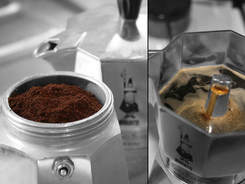
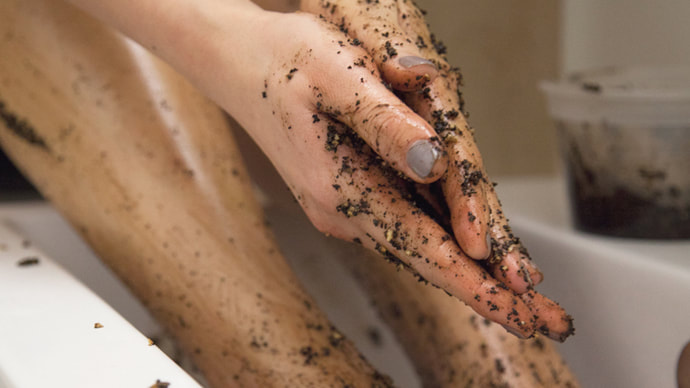
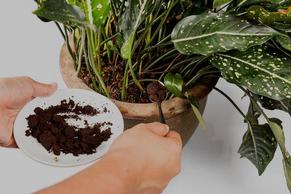
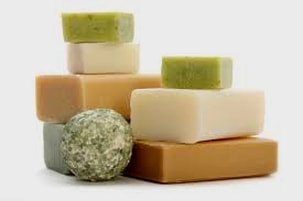
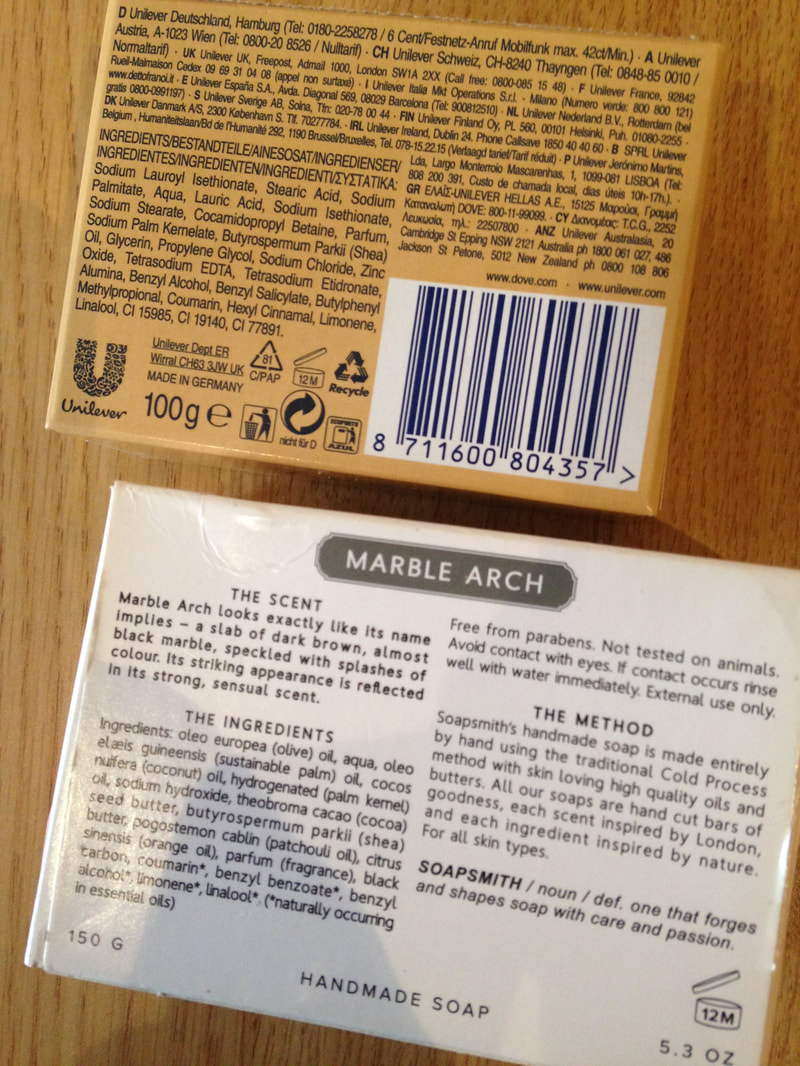
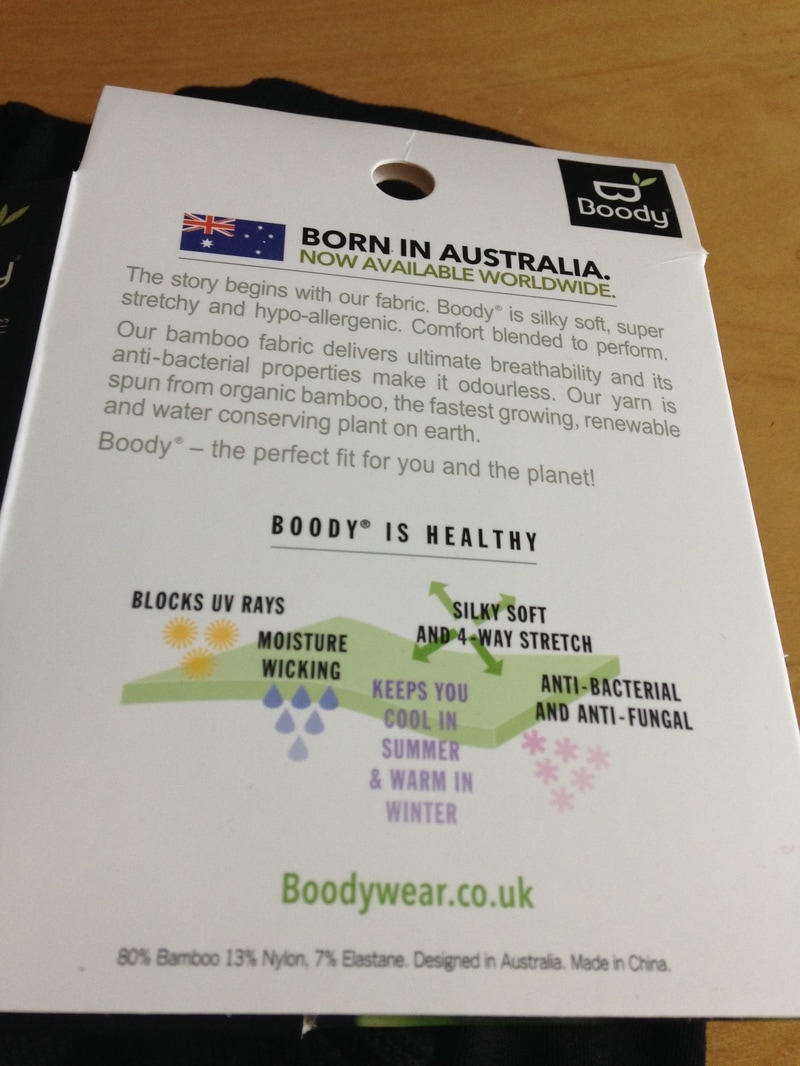
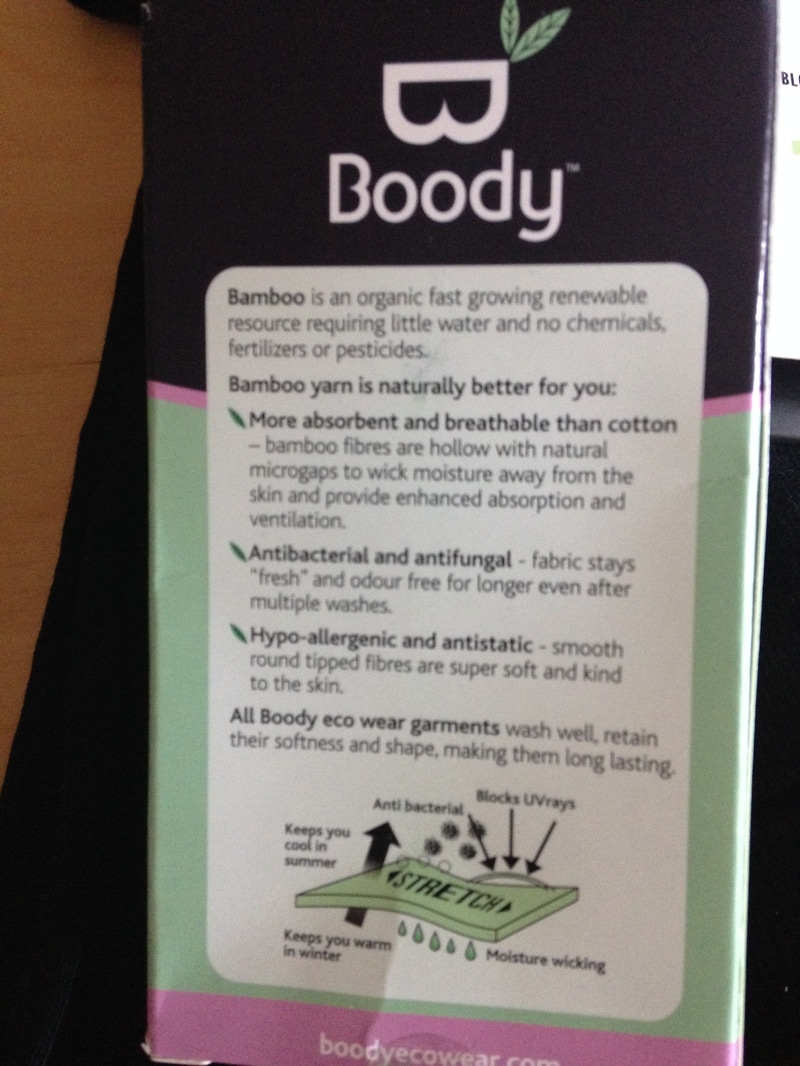
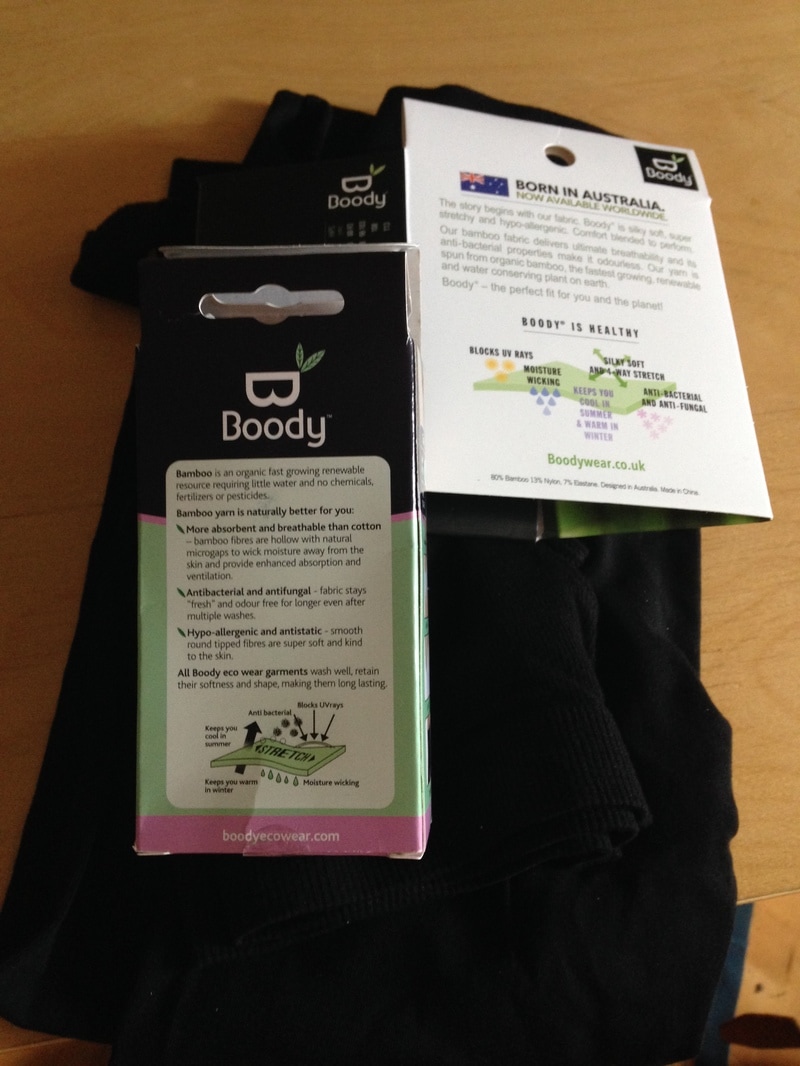
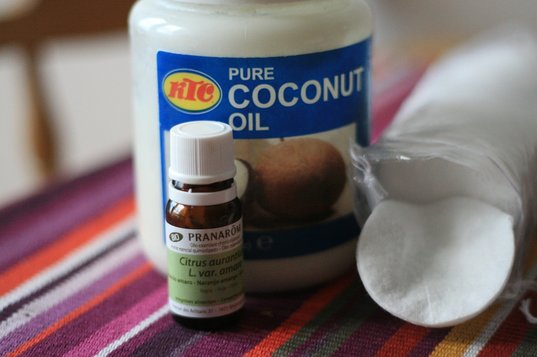
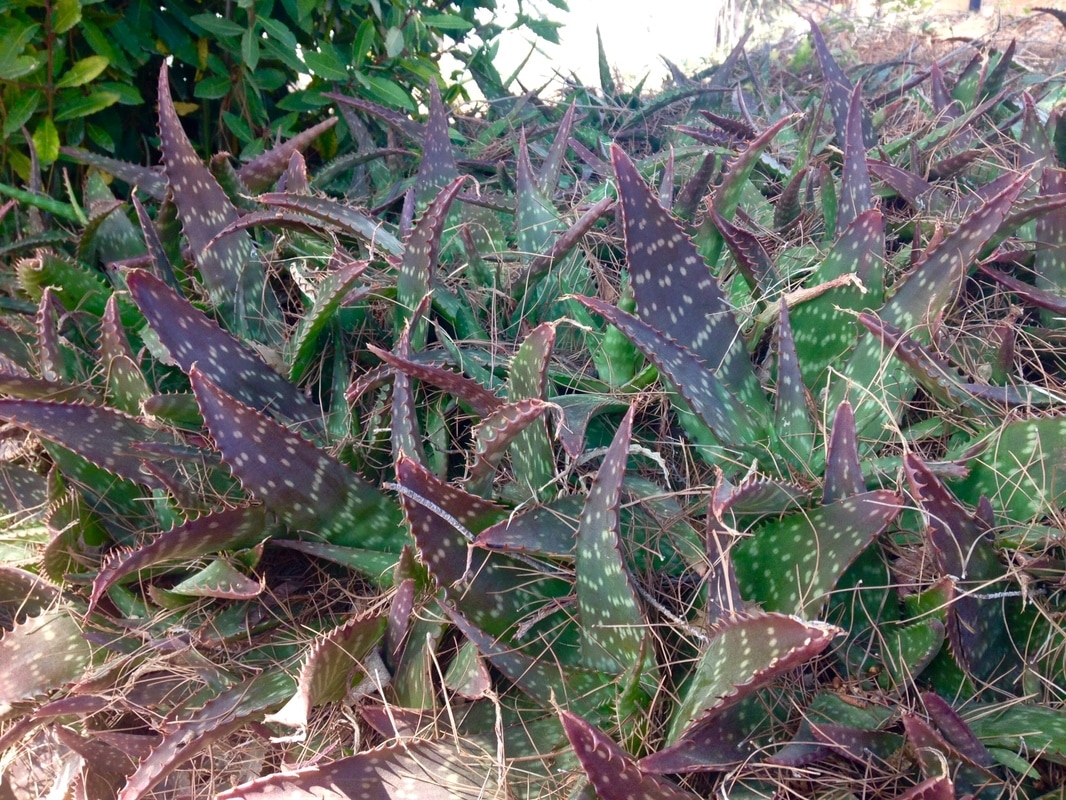
 RSS Feed
RSS Feed
